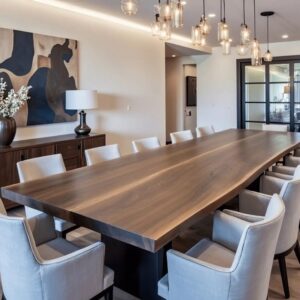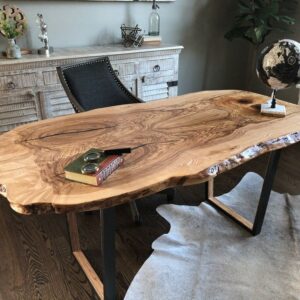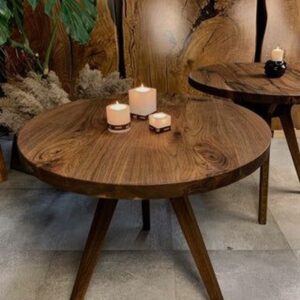| Discover Legendtables eco-friendly black walnut wood table, where sustainability meets style. Crafted with care by Legendtables artisans, this piece not only brings natural warmth to your space but also supports the environment with responsibly sourced wood. Our tables, made from durable and timeless materials like black walnut, walnut, and ash, are designed to last not just for years, but for centuries, reflecting a commitment to quality and the planet. |
Customize your own table
Regardless the size and shape on this listing.We can completely customize for you. Please provide the color, size, wood species, location, and any other specifics for a quick and easy quote. We will provide photo and video tape for you at intervals during the production process.
Wood Type
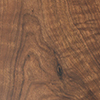
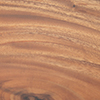
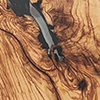

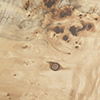
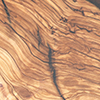
Epoxy Color



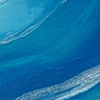




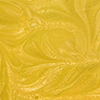
Free Table Legs



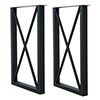
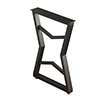
Manufacturing Process
Resin Furniture Production Timeline (Approximately 20-25 Days)
1.Wood Selection:
Wood Type: Choose from Black Walnut, Walnut, Ash, Cedar, Poplar, Olive, and others.
Wood Shape: Select either a natural shape or one modified through design.
Natural Features: Consider knots, burl, grain patterns, natural cracks, end splits, mineral streaks, wormholes, resin pockets, and sap stains.
2.Wood and Color Confirmation:
Confirm both the selected wood and its color during the selection process to ensure optimal matching.
3.Designer Creates CAD Drawing:
A designer will prepare a CAD drawing for your approval.
4.Material Preparation:
Cleaning: Clean the wood thoroughly to remove impurities and enhance texture. The wood may look slightly different after cleaning compared to its original state.
Edge Preparation: Natural wood edges may be slightly scorched during cutting for a better finish, unless specified otherwise.
5.Painting/Resin Application:
Apply resin to lock in bacteria and dust while reducing bubbles. Using resin yields the best results.
6.Shaping and Trimming:
Trim and shape the wood to the desired dimensions.
7.Resin Preparation:
Use a vacuum machine to eliminate air bubbles from the resin, which usually takes 30-60 minutes.
8.Resin Pouring:
Pour the resin in layers, using a torch to remove large bubbles as they rise. Repeat this process for each layer.
Typically, 3-5 layers of resin are needed depending on thickness, with additional layers for wave effects. Each layer requires about 2 days to cure, with the final layer potentially needing longer.
9.Demolding:
Remove the cured piece from the mold.
10.Excess Wood Removal:
Sand away excess wood to achieve a smooth surface.
11.Sanding and Polishing:
Sand the surface and apply scratch-resistant lacquer. This process is repeated 5-6 times, sealing all gaps.
Clean with a thinner to enhance color, and use a brush to apply the first coat of lacquer for better absorption.
12.Inspection and Resin Touch-up:
Inspect the piece thoroughly. Fill any resin gaps and polish raised areas to ensure a smooth surface.
13.Final Lacquering:
Apply the final coat of lacquer in a dust-free room with a spray gun to minimize dust contamination.
14.Final Inspection and Packaging:
Conduct a thorough final inspection. After approval, carefully package the piece with:
A layer of pearl cotton
A fabric layer
A cardboard layer
Fabric strips for edge protection
A wooden frame for added protection during transit


